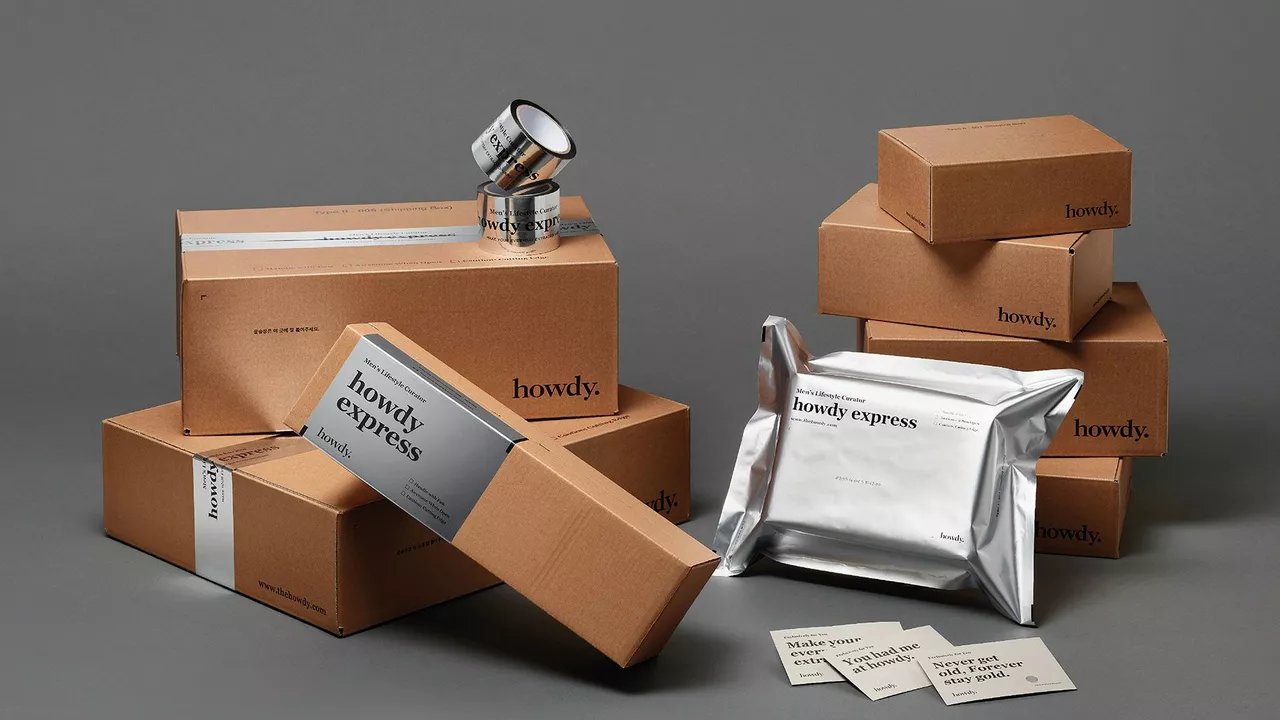Low Density Packaging: Benefits for Businesses and Consumers
Want to cut shipping costs and make customers happier? Low density packaging often delivers both. It refers to materials that take up more volume than weight—think air pillows, bubble mailers, and lightweight foam. These materials protect products without adding heavy, costly weight.
Why businesses should care
Shipping carriers charge for both weight and size. Low density packaging lowers the billed weight while still cushioning items. That can shrink your shipping bills and reduce storage space. It also speeds up packing: many low density options come in ready-to-use formats like pre-inflated pillows or crushable inserts, so the packing line moves faster.
Another business win is fewer returns for damage. Lightweight padding absorbs shocks and keeps fragile items safe. Less product damage means fewer replacements, lower refund costs, and better seller ratings. And because these materials are often recyclable or made from recycled content, you can show customers you're thinking about the environment without huge extra cost.
Why customers like it
Customers notice packaging. Loose, bulky, or hard-to-open boxes annoy buyers. Low density materials are usually easier to open and throw away. Air pillows and thin paper wraps break down faster than mixed plastic packs, and that matters to people who try to recycle. A neat, lightweight package also feels modern and thoughtful, which helps repeat business.
Not every product fits low density packing. Small electronics, soft goods, and many cosmetics do great with air pillows or bubble wrap. Heavy metal parts or glass bottles need foam or molded paper that still keeps weight down but adds support. The trick is matching the material to the product’s weak points—corners, seams, or thin walls.
Ready to try it? Start with a small pilot. Pick one product line and test two or three low density options. Measure packing time, material cost, and how shipments arrive. Ask customers for quick feedback about how the package looked and how easy it was to open. Track returns and damage claims before and after the change.
Buying tips: buy bulk pillows or rolls that fit your packing machine, choose supplier-certified recycled content if sustainability matters, and order samples first. Train packers to use the right amount of fill—too little and items get damaged; too much and you lose the cost benefit.
Low density packaging is a practical move, not a trend. It lowers costs, improves delivery safety, and makes customers happier. Try one small test and use the data to scale what works. Small changes in packing can add up to big savings and a better brand experience.


